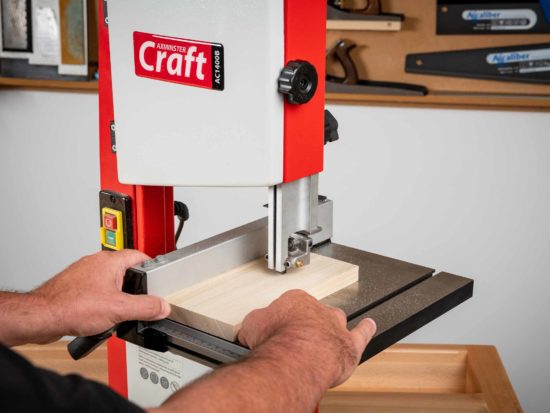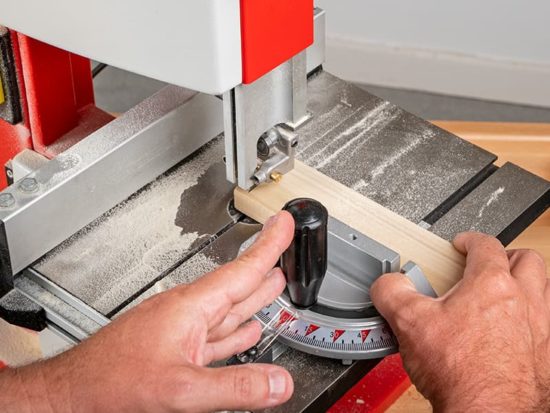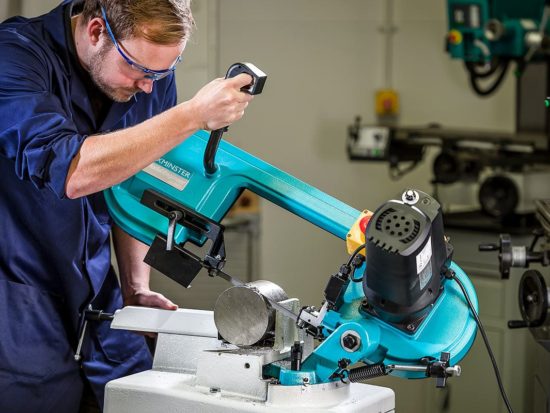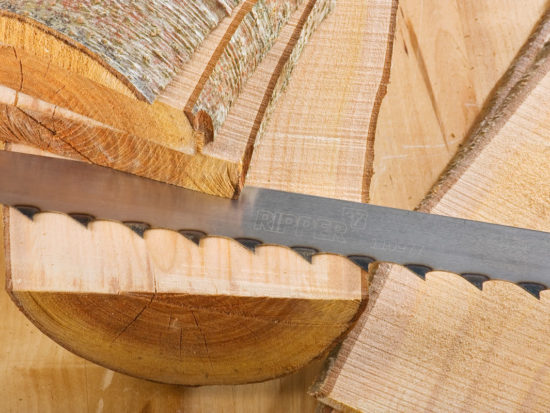The merits of GT bandsaw blades

Bandsaw Blades: The merits of GT bandsaw blades
The merits or otherwise of bandsaw blades doesn’t make for a particularly enthralling woodworking blog entry. I can’t anticipate anyone hanging desperately onto the edge of their seat, gripped with nail numbing, teeth grinding, buttock clenching suspense as if it were the climax to ‘Jaws’. But nonetheless, as woodworkers, these humble things are of interest. As such, I'll be talking over GT bandsaw blades, (Ground Tooth bandsaw blades) and why you should try them out for yourself.
I’ve been using M42 blades (from another source) on my Startrite 352E bandsaw with reasonable results. These blades have the merit of being able to tackle the odd embedded nail. They will also handle larger quantities of materials like ply, without losing their edge. The ones I had been using were made from cobalt high-speed steel. They were so thick that a half-respectable Challenger tank could be made from them!
In itself, this isn’t a problem if the bandsaw is able to tension one. My Startrite, fully cranked up to ‘pinging point’ was just about able to cope with a 19mm blade. After some use it became a little tired, leaving me with the dreaded ‘washboard’ marks on sawn surfaces.
I use my big Startrite for deep sawing, mainly for producing 2 or 3mm thick veneers. It is ideal for when the finish straight from the saw blade should be so good that they can be glued to the substrate without further work. In an ideal world, passing the veneers through a drum sander would ensure that they’re of constant, even thickness with a smooth surface each side, but a really good sawn finish is the next best thing. Provided you’re not too parsimonious with the glue, the veneers will go down without too much of a problem.
Axminster Ground Tooth Bandsaw Blades
I decided to replace the ageing M42 with a 4tpi, 19mm Axminster Ground Tooth blade having heard great things about them. The teeth on these blades are ground with a diamond wheel rather than being punched and milled. This means that the tooth profile is far more accurate. They’re then induction hardened and will stay sharp for at least 30% longer than a standard milled tooth blade.
Whereas the Startrite just about manages the M42, the new 19mm GT blade could be tensioned ‘squeaky tight’. This is because it’s made from thinner stock material.
Ever the sceptic, I was just the teensiest bit suspicious of the performance claims of these blades. That said, I was more than pleasantly surprised. After around 30 minutes of sawing up some American cherry, the finish still looked like this. Not to put too fine a point on it but this is really quite good!
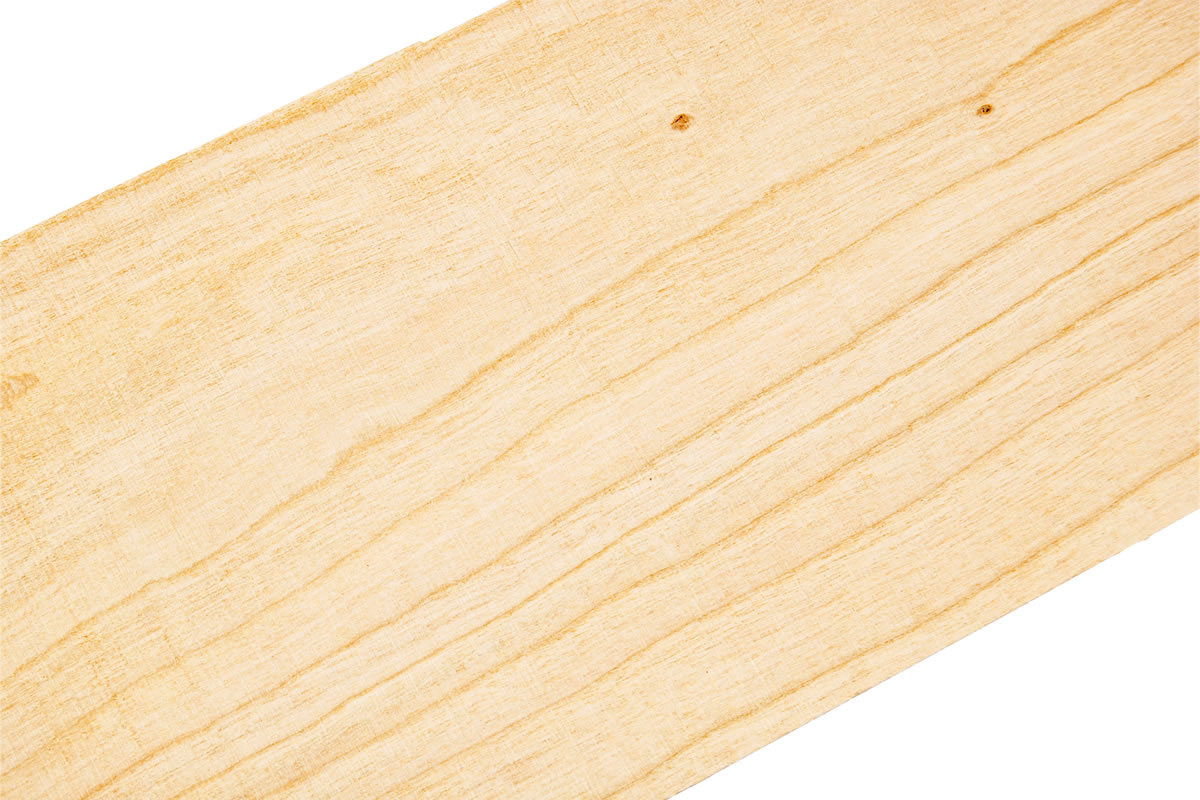
Even after another hour or two of concentrated work, the finish from the GT bandsaw blade had only deteriorated slightly. Although there are some more obvious saw marks, it’s still good enough to glue straight onto the substrate.
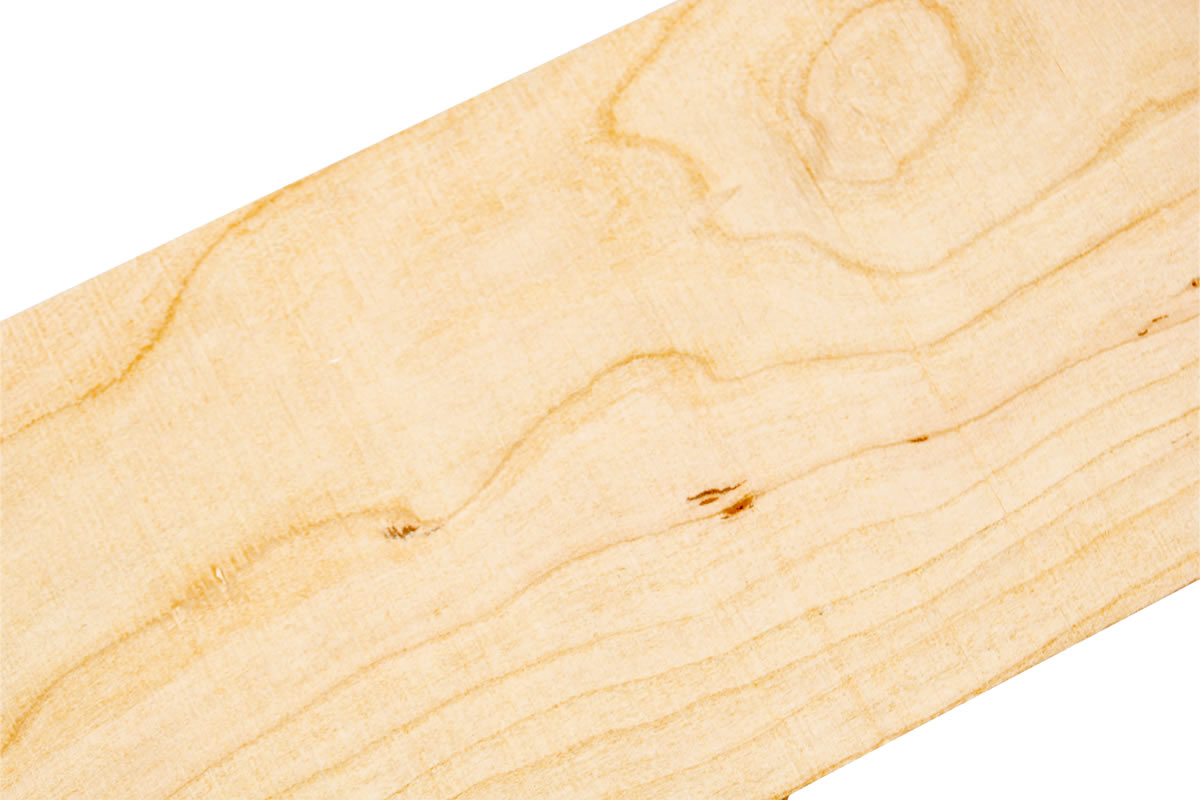
Are they worth it? The short answer is unquestionably yes! Axminster's GT bandsaw blades are seriously good and thoroughly recommended if you’re looking for some new blades for the bandsaw.



